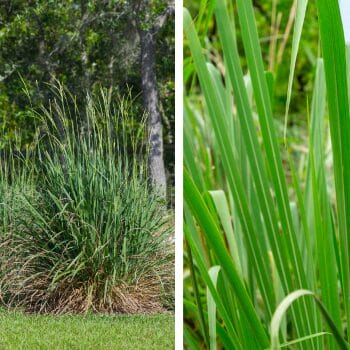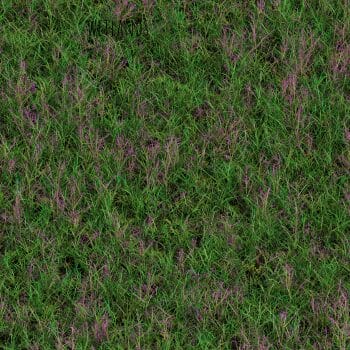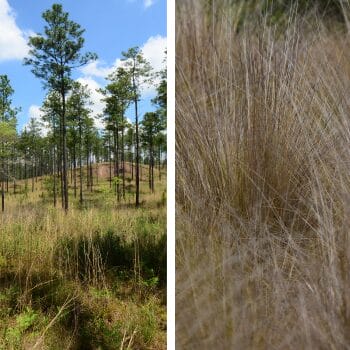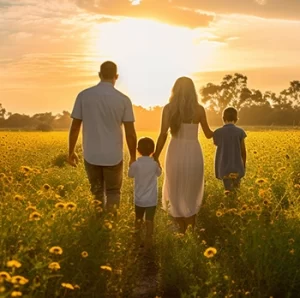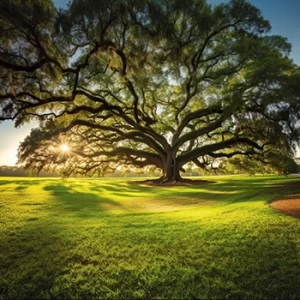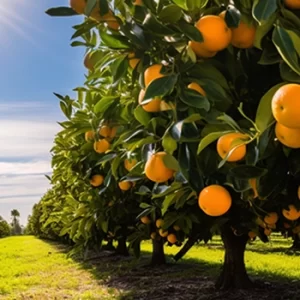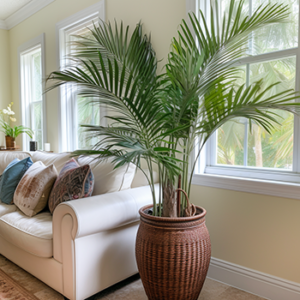
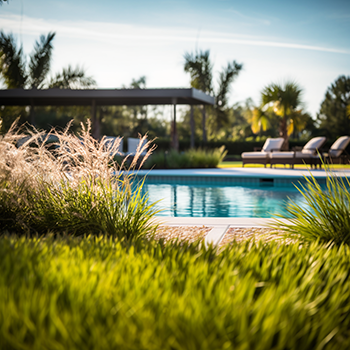
Florida Native Grasses for Sustainable Landscaping
Florida’s native grasses aren’t meant to replace your entire lawn, but they can be fantastic partners in creating a beautiful, low-maintenance, and wildlife-friendly landscape.
These resilient plants complement traditional turfgrasses by adding texture, color, and ecological benefits.
Some of these Florida native grasses are available commercially at plant nurseries and online, but others are considered threatened and only seen in the wild, mostly in state parks where they’re protected.
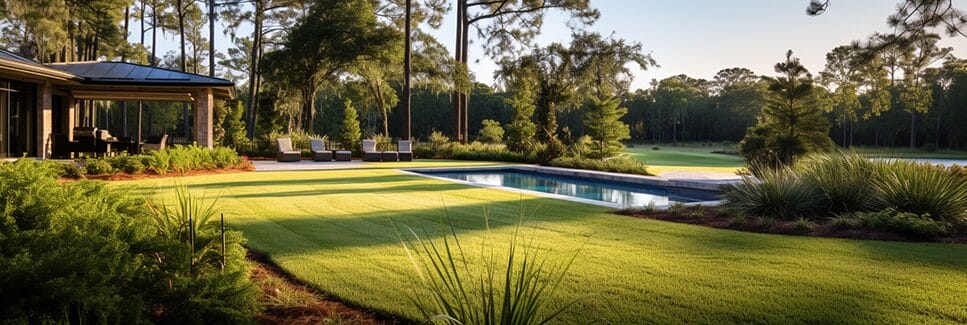
Benefits of Native Grasses
- Water Conservation: Native grasses are adapted to Florida’s climate, requiring less irrigation compared to non-native species.
- Low Maintenance: These grasses are more resistant to local pests and diseases, reducing the need for chemical treatments.
- Wildlife Support: Native grasses provide habitat and food for local wildlife, including birds, insects, and small mammals.
- Erosion Control: With their deep root systems, native grasses help stabilize soil and prevent erosion.
Muhly Grass (Muhienbergia capillaris)
- Description: Known for its stunning pinkish-purple blooms in the fall, Muhly grass adds a splash of color to any landscape.
- Growing Conditions: It thrives in full sun to partial shade and can tolerate a range of soil types, including sandy and well-drained soils.
- Uses: Ideal for borders, mass plantings, and as an accent plant.
- Grows best in plant hardiness zones 8-10, most of Florida with the Florida Keys being a little more challenging for this grass.
- Size: Grows 2-3 feet tall.
Fakahatchee Grass (Tripsacum dactyloides)
- Description: This robust grass features clumps of bright green foliage. Periodic rust colored flower spikes show up making this a very attractive, interesting and low maintenance addition to most landscapes.
- Growing Conditions: Prefers wet soil and swampy areas but can also tolerate short drought periods. Can grow well in full sun or in partial shade. Natively found in swamps, pinelands and marshes.
- Uses: Excellent for naturalistic gardens, pond edges, and areas with poor drainage.
- Can grow well throughout Florida, zones 8-11.
- Size: Grows 4-6 feet tall.
- Dwarf variety available also, which grows 2-3 feet tall.
Lovegrass (Eragrostis spectabilis)
- Description: Often called “Purple Lovegrass”. A low-growing grass with delicate, airy seed heads that appear purple to pink in late summer.
- Growing Conditions: Tolerates dry, sandy soils and thrives in full sun.
- Uses: Suitable for ground cover, erosion control, and adding texture to garden beds.
- Grows best in Central and South Florida and the Florida Keys, in plant zones 9-11.
Wiregrass (Aristida stricta)
- Description: A tough, wiry grass that forms dense tufts and produces slender, arching stems. This Florida native grass is not a popular choice for most home landscaping due to its brown color which can appear like dead grass, but can be seen all over state parks, landscaping in golf courses, etc.
- Growing Conditions: Prefers dry, sandy soils and full sun and grows throughout Florida.
- Uses: Perfect for xeriscaping and adding a natural look to landscapes.
Tips for Integrating Native Grasses into Your Landscape
- Plan Your Design: Consider the mature height and spread of each grass species to ensure they fit well within your landscape design.
- Group by Water Needs: Plant grasses with similar water requirements together to make irrigation more efficient.
- Use as Accents: Native grasses can serve as focal points or accents in your garden, adding texture and movement.
- Incorporate in Layers: Combine grasses with other native plants, such as wildflowers and shrubs, to create a layered and diverse landscape.
- Allow for Natural Growth: Native grasses often look their best when allowed to grow naturally, with minimal pruning and maintenance.
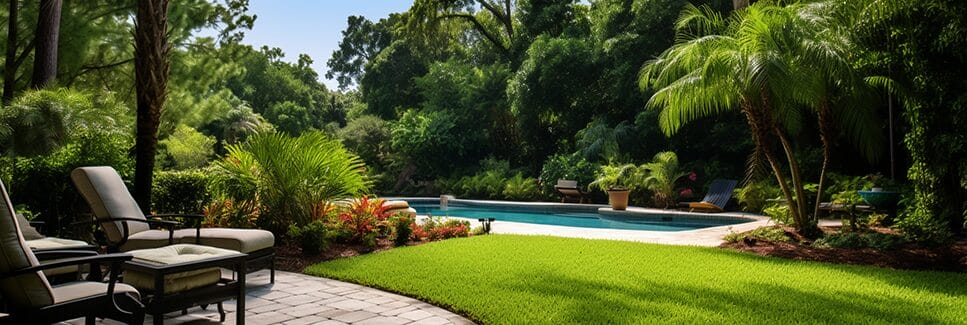
Popular Non-Native Grasses in Florida for Lawns
Just like with ornamental Florida native grasses, turfgrasses used to cover your lawn won’t grow well in all regions of Florida, in all conditions. When deciding between these grasses for your Florida lawn, consider the following factors:
- Establishment Method: If you prefer an instant lawn, sod (grass squares or plugs) is ideal for all types. For a more budget-friendly option, Bahia and Bermuda grass seeds may be suitable.
- Water Availability: Bahia and Bermuda grasses are more drought-tolerant, making them better for areas with limited water.
- Shade: St. Augustine and Zoysia grasses are more shade-tolerant, making them suitable for partially shaded areas.
- Maintenance Preferences: Bahia grass requires less maintenance, whereas St. Augustine, Zoysia, and Bermuda grasses may require more regular care to maintain their appearance.
By selecting the grass that best matches your landscape’s conditions and your maintenance preferences, you can enjoy a thriving, attractive lawn in Florida’s unique environment.
You may also like…



